Command Bunker WW2 Aifield Clyffe Pypard
Description
Royal Air Force Clyffe Pypard or more simply RAF Clyffe Pypard is a former Royal Air Force satellite airfield located in Wiltshire.
No. 29 Elementary Flying Training School RAF[1] was formed here on 13 September 1941 and operated a variety of aircraft including Fairey Battles, Miles Magisters, Avro Ansons and de Havilland Tiger Moths. The school was disbanded on 5 November 1947 and absorbed by No. 21 Elementary Flying Training School RAF.[2]
The site has now been returned to Farmland
Swinetown Spaztard couldnt get in this one because to do so would have damaged his dope intake.
EXTRA INFO
The site of a former military airfield opened in 1941 and closed in 1947. Its main role in World War Two was as a training airfield for Number 29 Elementary Training Flying School, mainly using Tiger Moth aircraft. Although the airfield had only grass landing surfaces, there was a concrete perimeter track or taxiway. In 1942 The airfield was expanded in size by 30%, despite this the training programme was so busy that other airfields, such as Alton Barnes, had to be used for courses. By 1944 the airfield had 15 blister aircraft hangars and 4 bellman aircraft hangars (one of the latter survives, see SU 07 NE 36). After the war training continued until 1947 when the school and the airfield were closed. From 1947 to 1962 part of the site continued to be used by the RAF as transit camp accomodation. The site was subsequently used for agriculture, a farm being established in the north east corner of the airfield. A number of airfield features survive, including the perimeter track, though much of the flying field was reported as being under the plough in 2002. For other survivng technical buildings and structures please see SU 07 NE 37 to SU 07 NE 41, for airfield defences please see SU 07 NE 42 to SU 07 NE 46.
More information : Clyffe Pypard airield, SU 070 755. The site of a former military airfield opened in 1941 and closed in 1947. Its main role in World War Two was as a training airfield for Number 29 Elementary Training Flying School, mainly using Tiger Moth aircraft. Although the airfield had only grass landing surfaces, there was a concrete perimeter track or taxiway. In 1942 The airfield was expanded in size by 30%, despite this the training programme was so busy that other airfields, such as Alton Barnes, had to be used for courses. After the war training continued until 1947 when the school and the airfield were closed. (1)
Clyffe Pypard Aerodrome: additional reference relating the history of the airfield in more detail. When the airfield closed to flying in 1947, part of the hutted accomodation associated with the airfield continued in use as a transit camp for RAF personnel until 1961-2. The camp became increasingly dilapidated during this period.
The site was subsequently used for agriculture and industry, though a number of features of the wartime airfield survive. (2)
Clyffe Pypard Airfield, Wilshire, SU070 756. By 1944 the airfield was equipped with 15 blister hangars and 4 Bellman hangars. (3)
Clyffe Pypard Airfield: a survey carried out by Quinetic Archaeology in 2002 noted a number of surviving features but also that "the site is in an advanced state of decay with the majority of the camp and the flying field now under plough". It suggests that the decay is in part beacause of the conctruction methods used in the WWII buildings, with low quality underfired "temporary" brick predominating for economic reasons; concluding that "such bases demonstrate the transient nature of structures erected at the outbreak of the Second World war, and are a victim of their own design". The report draws on an RAF/ Air Ministry site plan issued in November 1945. The report also includes evidence of site use as a transit camp in 1962. (4)
My Instagram: https://www.instagram.com/mattswilli/ (no private messages please)
Facebook: https://www.facebook.com/groups/1228424283971624/ (no private messages please)
email me at me@thematthewwilliams.com
EMAIL IS THE NUMBER 1 WAY TO GET HOLD OF ME!!!
Also present on this explore were
Exploring with Brady - https://www.youtube.com/c/ExploringWithBrady
Equipment used:
DJI Mavic Zoom DRONE
Sony A7s ii with Samyang 14mm full frame lens
Dji Pocket 2 camera
Insta 360x R
BOBLOV 32GB Ambarella A7L50 Bodyworn Infra Red Camera
Adobe Premiere Pro 2020
Ryzen 5950X
65GB Ram
Windows 10 (No Apple shiz here)
Nvidia RTX 3950 GFX
#Abandonedplaces #Abandonedplacesuk #urbexuk #undergroundbunker #urbexexploration #urbex_europe_ #urbextreme #urbexphotography #DerelictBuildings #frozenintime #timecapsule
#abandoned

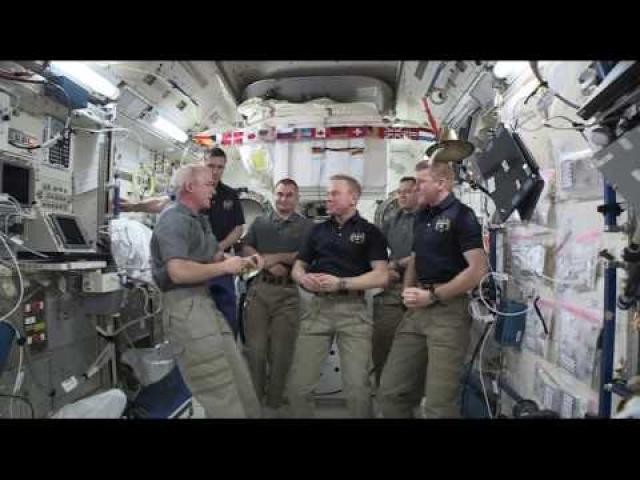

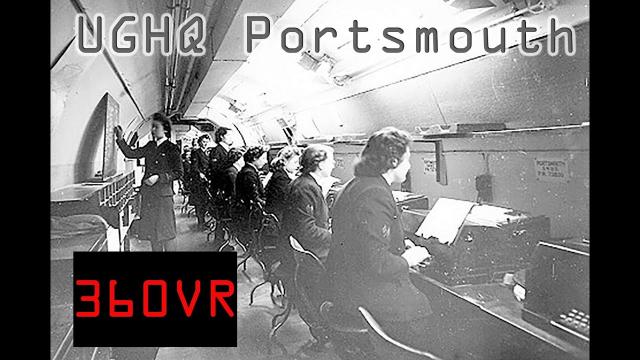

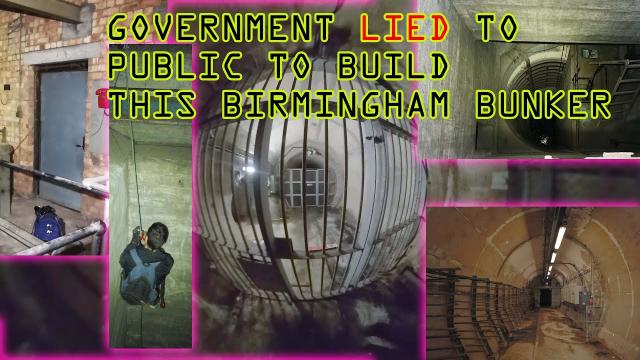
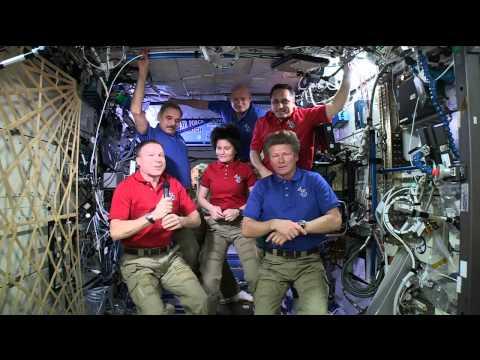
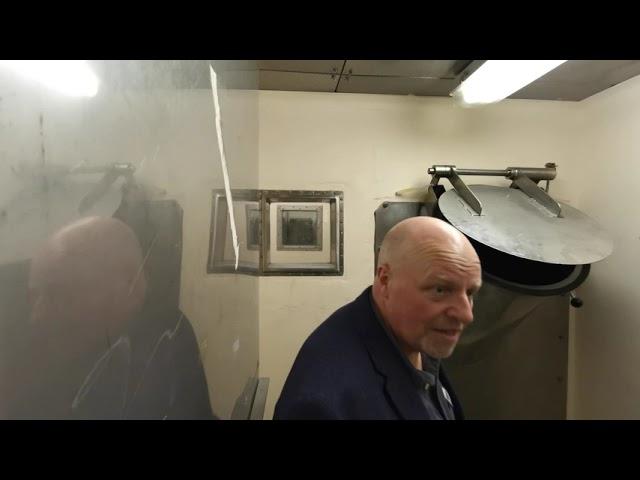

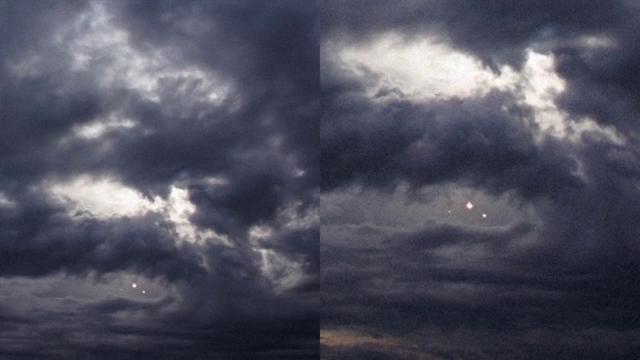





Comments